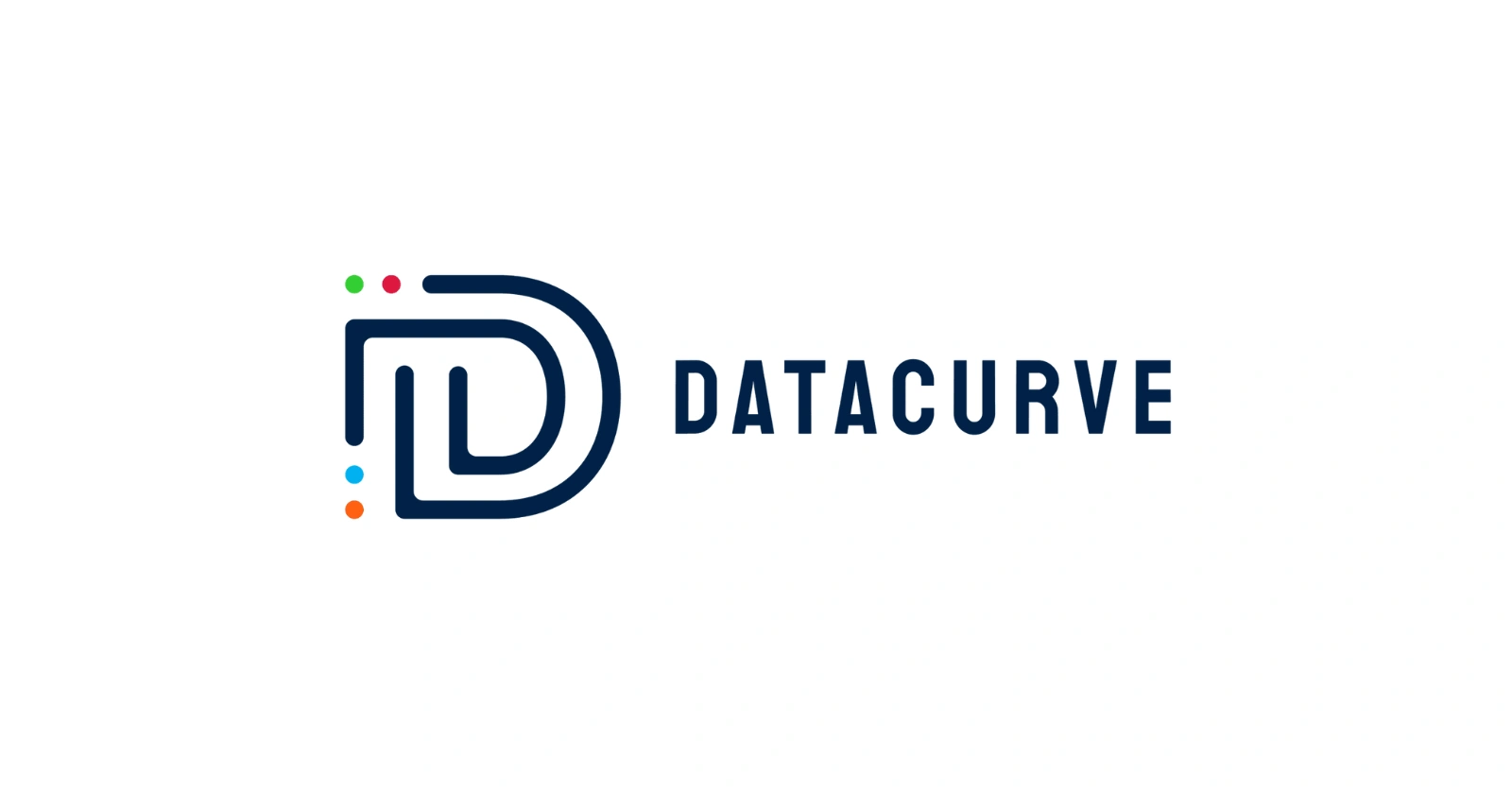Datacurve, a San Francisco-based startup that just landed $15 million in fresh capital to carve out its spot in the crowded and advanced artificial intelligence data field. The funding round, announced on October 9, 2025, underscores a pivotal moment: With pioneers like Scale AI’s Alexandr Wang shifting gears to lead AI efforts at Meta, investors are betting big on newcomers with sharper tools for data gathering.
This Series A infusion, bringing Datacurve’s total haul to $17.7 million, arrives at a time when AI’s hunger for quality data outpaces supply. Early models gobbled up basic text and images, but today’s systems demand intricate setups, like reinforcement learning environments that mimic live coding hurdles.
Datacurve steps in with a platform designed not just to collect data, but to crowdsource it from the sharpest minds in engineering, promising datasets that could accelerate breakthroughs in AI-driven development.
Funding Details: Backing from AI Powerhouses
The $15 million round was spearheaded by Mark Goldberg of Chemistry Ventures, a firm known for spotting early bets in deep tech. What stands out, though, is the roster of individual backers: Engineers and executives from leading AI outfits, including DeepMind, Vercel, Anthropic, and OpenAI, chipped in their own funds. This isn’t just check-writing; it’s a vote of confidence from those deepest in the trenches of model training.
Datacurve’s journey kicked off humbly with a $2.7 million seed round last year, anchored by Balaji Srinivasan, the former Coinbase chief technology officer turned prominent investor. That initial cash helped the company, a Winter 2024 Y Combinator graduate, refine its core product: Shipd, a bounty-driven marketplace where skilled coders tackle bespoke challenges for payouts. To date, Shipd has doled out more than $1 million in rewards, drawing contributors who might otherwise command six-figure salaries at Big Tech firms.
As Serena Ge, Datacurve’s co-founder and CEO, put it in a recent interview, the appeal goes beyond the paycheck. “We treat this as a consumer product, not a data labeling operation,” she explained. “We spend a lot of time thinking about: How can we optimize it so that the people we want are interested and get onto our platform?” This user-centric twist, blending gamification with genuine incentives, has already hooked talent from the very labs investing in the company.
The Platform: Bounty Hunts for Cutting-Edge Code
At its heart, Datacurve addresses a stubborn pain point in AI evolution: The gap between generic datasets and the thorny, context-rich problems that define real software work. Traditional labeling services often churn out volume over value, leaving models brittle when faced with edge cases like debugging legacy code or optimizing enterprise apps.
Shipd flips the script. Contributors log in to a sleek interface packed with tailored tasks, from algorithmic puzzles to traces of agentic workflows. These aren’t rote exercises; they’re simulations of on-the-job scenarios, complete with private repository benchmarks and cross-modal challenges that link code to visuals, like UI interactions captured in screenshots or recordings. Engineers compete for bounties, but the real draw is the intellectual rush, Ge notes, echoing how platforms like HackerRank evolved into talent pipelines for tech giants.
The results? Research-grade datasets primed for supervised fine-tuning, human feedback loops, and evaluation in reinforcement learning setups. Clients, ranging from foundation model labs to enterprise teams, use these to pinpoint weaknesses in their AI systems, then scale production to fill them. As one partner from a major AI firm shared on Datacurve’s site, “Working with Datacurve has been refreshing” for its ability to handle proprietary codebases without compromising security or speed.
| Key Platform Features | Description | AI Impact |
|---|---|---|
| Bounty-Based Challenges | Gamified tasks paying out over $1M to date, targeting top engineers. | Attracts diverse, high-caliber contributions for robust datasets. |
| Custom Codebase Tasks | Simulations on private repos, like enterprise apps or games. | Enables training on realistic, proprietary scenarios to boost model accuracy. |
| Cross-Modal Evaluations | Links code to UI/UX via prompts, images, and recordings. | Improves AI’s grasp of dynamic software behavior beyond static analysis. |
| RL Environment Building | Structured data for reinforcement learning setups. | Supports complex post-training needs for advanced reasoning and problem-solving. |
This table highlights how Datacurve’s tools align with the escalating demands of AI, where quantity alone no longer cuts it. According to a 2025 report from McKinsey, high-quality synthetic and curated data could unlock an additional $13 trillion in economic value from generative AI by 2030, but only if collection methods keep pace. Datacurve’s approach positions it squarely in that growth trajectory.
Founders’ Vision: From Code to Broader Horizons
Serena Ge and Charley Lee, the duo behind Datacurve, bring complementary strengths to the table. Ge, with her background in product design and AI ethics from stints at early-stage startups, champions the “consumer product” ethos that makes Shipd addictive. Lee, a former software engineer at high-scale environments, ensures the technical backbone handles the nuances of code-heavy workloads. Together, they’ve bootstrapped a lean team of under 10, focused on iteration over expansion, as evidenced by their YC roots.
Their ambition extends far beyond software. “What we’re doing right now is creating an infrastructure for post-training data collection that attracts and retains highly competent people in their own domains,” Ge said. Picture applying the same bounty model to finance, where quants simulate market volatility, or medicine, crafting datasets for diagnostic algorithms. It’s a scalable blueprint, one that could democratize elite data access and level the playing field for smaller AI players.
Market Context: A Ripe Moment for Data Innovators
Datacurve doesn’t emerge in a vacuum. The AI data market, valued at $2.5 billion in 2024, is projected to hit $10 billion by 2028, per Statista, driven by the shift from pre-training to fine-tuning phases. Rivals like Mercor and Surge have raised hundreds of millions on similar promises, but Scale AI’s dominance, with its $14 billion valuation before Wang’s departure, left a void. Investors, sensing opportunity, poured into Datacurve’s round, betting its engineer-first strategy will outmaneuver commoditized alternatives.
Yet challenges loom. As AI ethics scrutiny intensifies, ensuring diverse, unbiased datasets will be key. Datacurve’s emphasis on vetted contributors helps, but scaling without diluting quality remains the test. Still, with backing from the industry’s vanguard, the startup is well-equipped to navigate it.
What Lies Ahead
Datacurve’s $15 million milestone isn’t just another funding headline; it’s a harbinger of how AI’s next leap hinges on human ingenuity, funneled through smart platforms. In an era where models must reason like experts, not parrot patterns, companies like this one could redefine what’s possible. As Ge and Lee gear up to expand, the question lingers: Will Datacurve not only challenge Scale AI but help propel the entire field forward? The code is writing itself.



